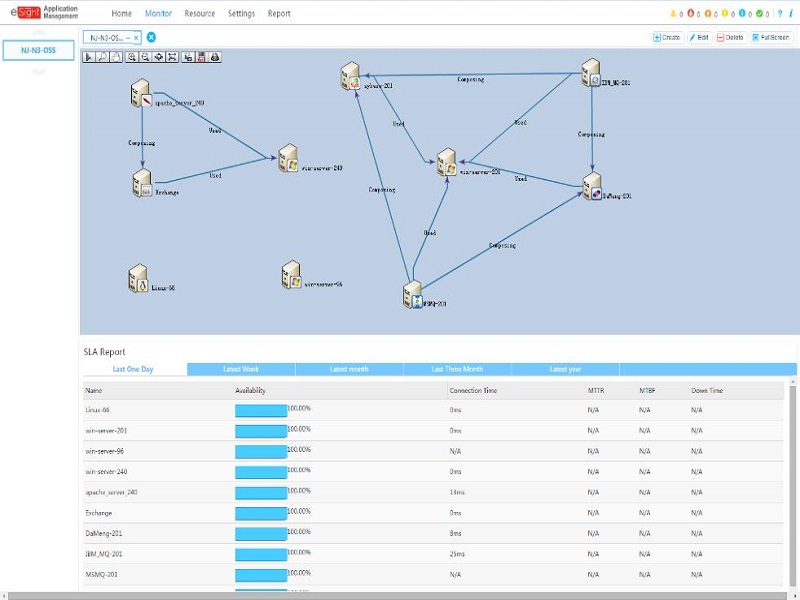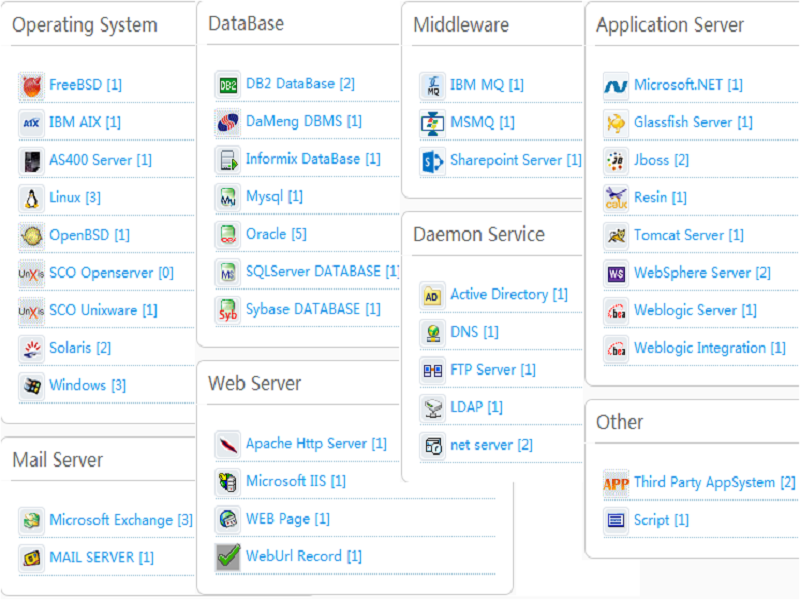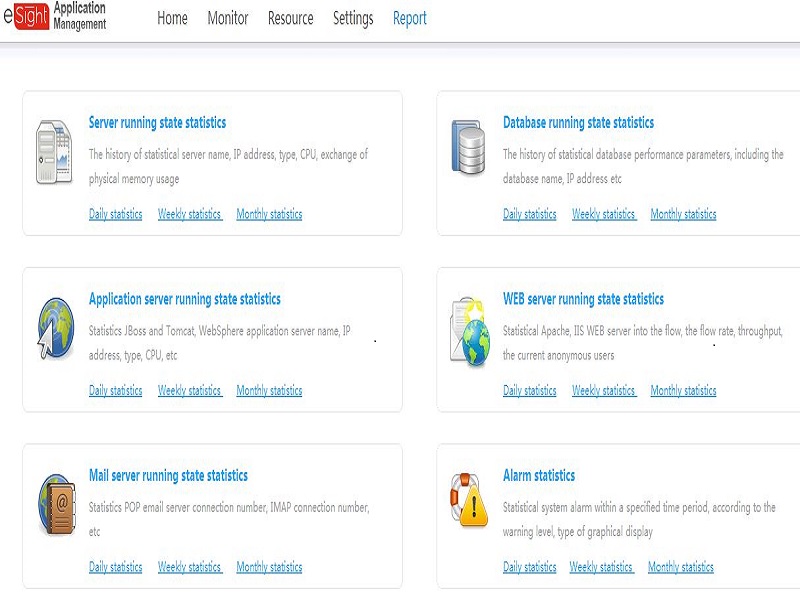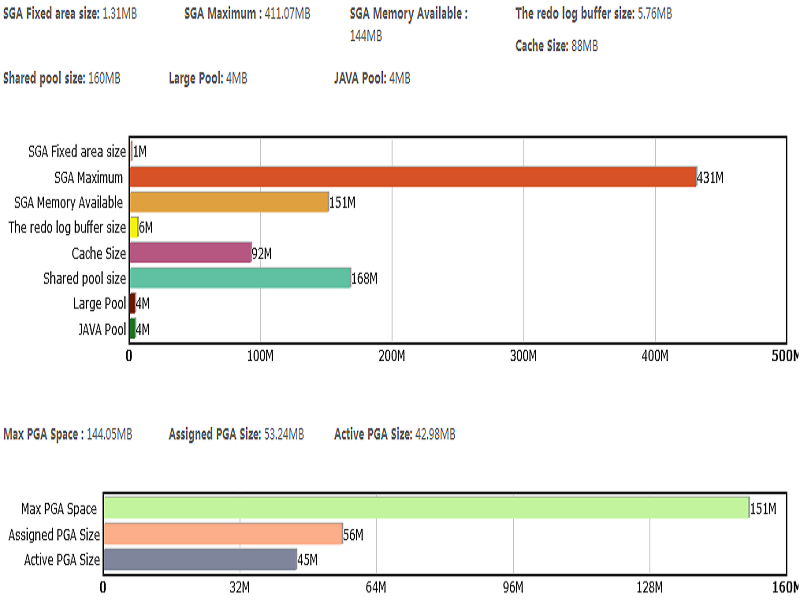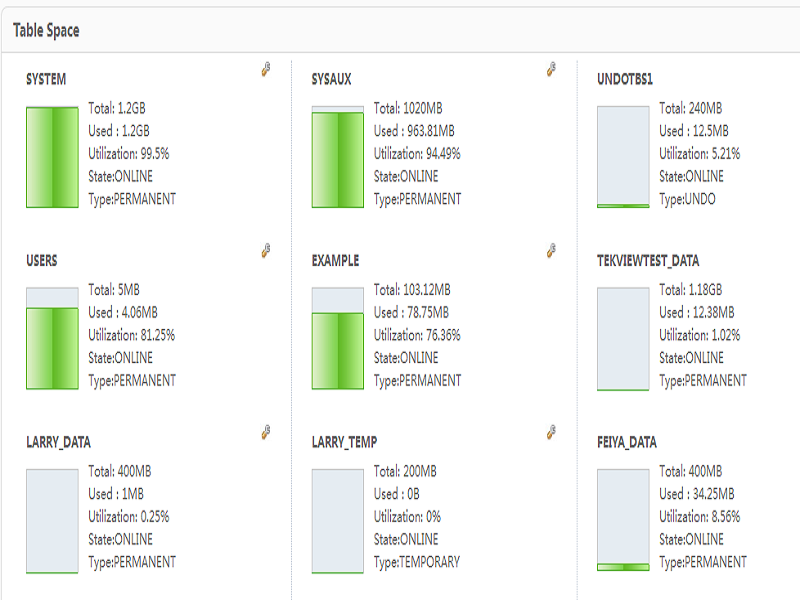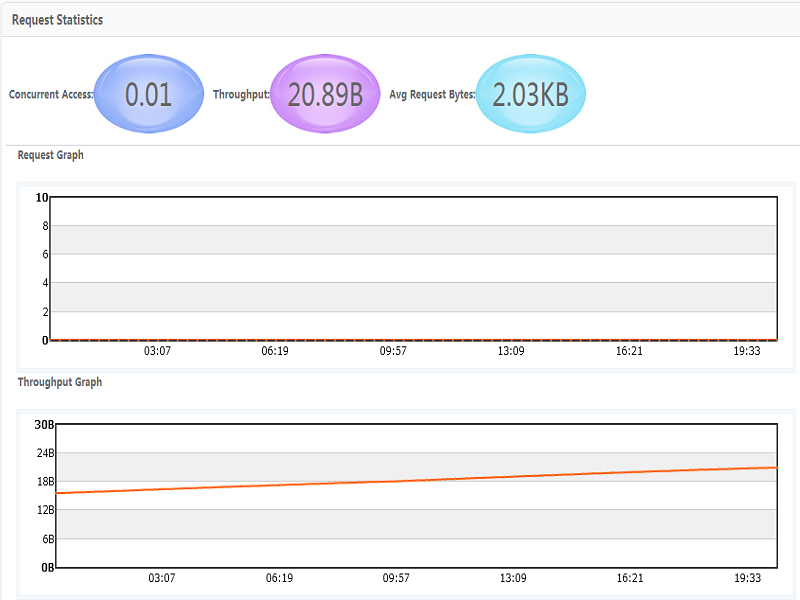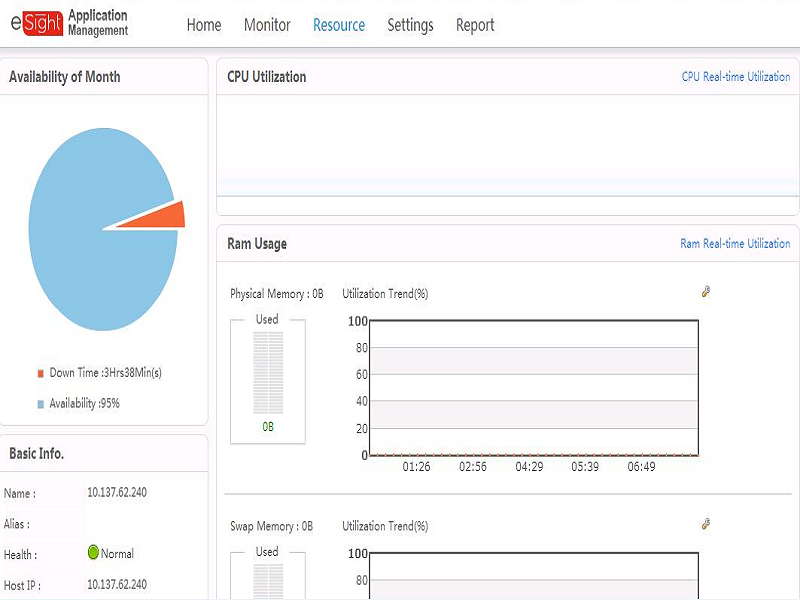eSight Application Manager
Provides central, unified monitoring of application layer systems, including OS, middleware, databases, web servers, and related Service Level Agreement (SLA) metrics in real time.
Visual interfaces present managed objects in topology — hosts, databases, and middleware — displaying key performance indicators including CPU and memory utilization, session and message statistics, URLs, number of connections, and process details.
With eSight Application Manager, administrators can manage application performance based on accurate, up-to-date information to ensure resilient access to applications and optimize the ROI from enterprise ICT infrastructure.
Monitor and manage application layer operations — system software, middleware, databases, and web apps to ensure responsive application performance and optimize ROI
Key Features
| Unified management of application layer systems |
|
| Service status monitoring |
|
| Service-oriented views |
|
| Log management | Centrally monitors, manages, and analyzes application logs in real time, including network and security logs (Syslogs), system logs (Eventlogs), UNIX logs (Errpt), and key database logs, helping administrators leverage logs to detect and respond to service fault conditions in a timely manner |
| Application report statistics | Provides standard and customizable reports of application performance statistics, resource utilization statistics, performance comparisons, trend analyses, and uptime availability, improving O&M efficiencies and helping administrators identify and locate faults |

